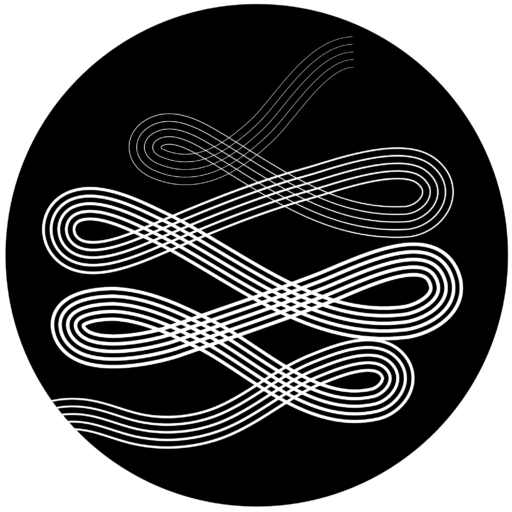This is my first journal entry as Nokturno’s Fall 2020 poet-in-residence. Today I’ll briefly explain the project and what I hope to accomplish during my time as a resident.
To Pray Without Ceasing is a poetic text-generation system that, given a statement of need (or “special intention“) such as “I really need somebody to talk to” or “I really need to stop eating late at night,” will output a series of prayers that are specific to this need.
Why program a text-generation system to pray? All day and night, people post expressions of their own desires and needs on social networks. But there is not enough attention or solicitude to go around. People are left lonely, ignored, abandoned. To Pray Without Ceasing is designed to incessantly think about others, to pray for strangers whose statements of need it discovers online. In his first letter to the Thessalonians, St. Paul enjoins them to “pray without ceasing.” If I cannot do this—if I am bound to become distracted by my own problems, bound to forget to remember others—perhaps I can design a system that will do so on my behalf.
I began preliminary work working on To Pray Without Ceasing in early in 2020, pre-pandemic. Entering the residence period, I have completed what I would consider rough drafts of six different prayer-generation techniques, each one corresponding to one of the canonical hours (Matins, Lauds, Prime, Terce, Sext, Nones, and Vespers). My primary goals for the residence are:
- to refine these text-generation methods, and add one for the final canonical hour (Compline);
- to develop an interface that does not merely present the prayers but in some way recruits the reader in the act of praying;
- and to automate the generation of prayers based on statements of need expressed on Twitter so that the machine may indeed “pray without ceasing.” (For technical reasons I will explain in a later post, this is non-trivial.)
I’ll end here by thanking Virpi Vairinen, Teemu Tuovinen, and everyone at Nokturno for this this time, space, and support. Thanks also to Mirva Liimatta for designing the residence’s logo, the coil of smoke atop this page.
